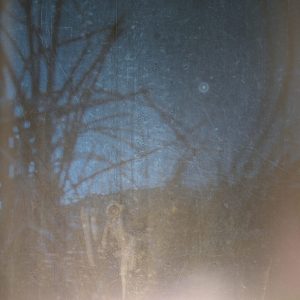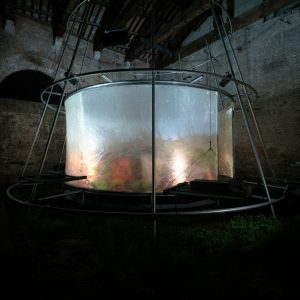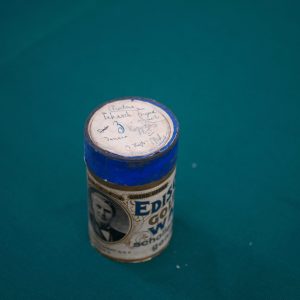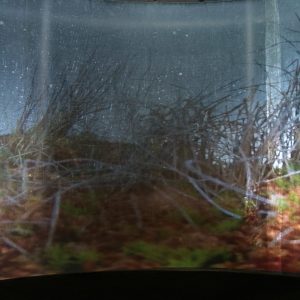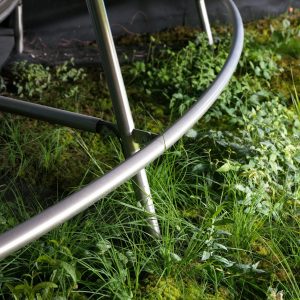Turba Tol Hol- Hol Tol
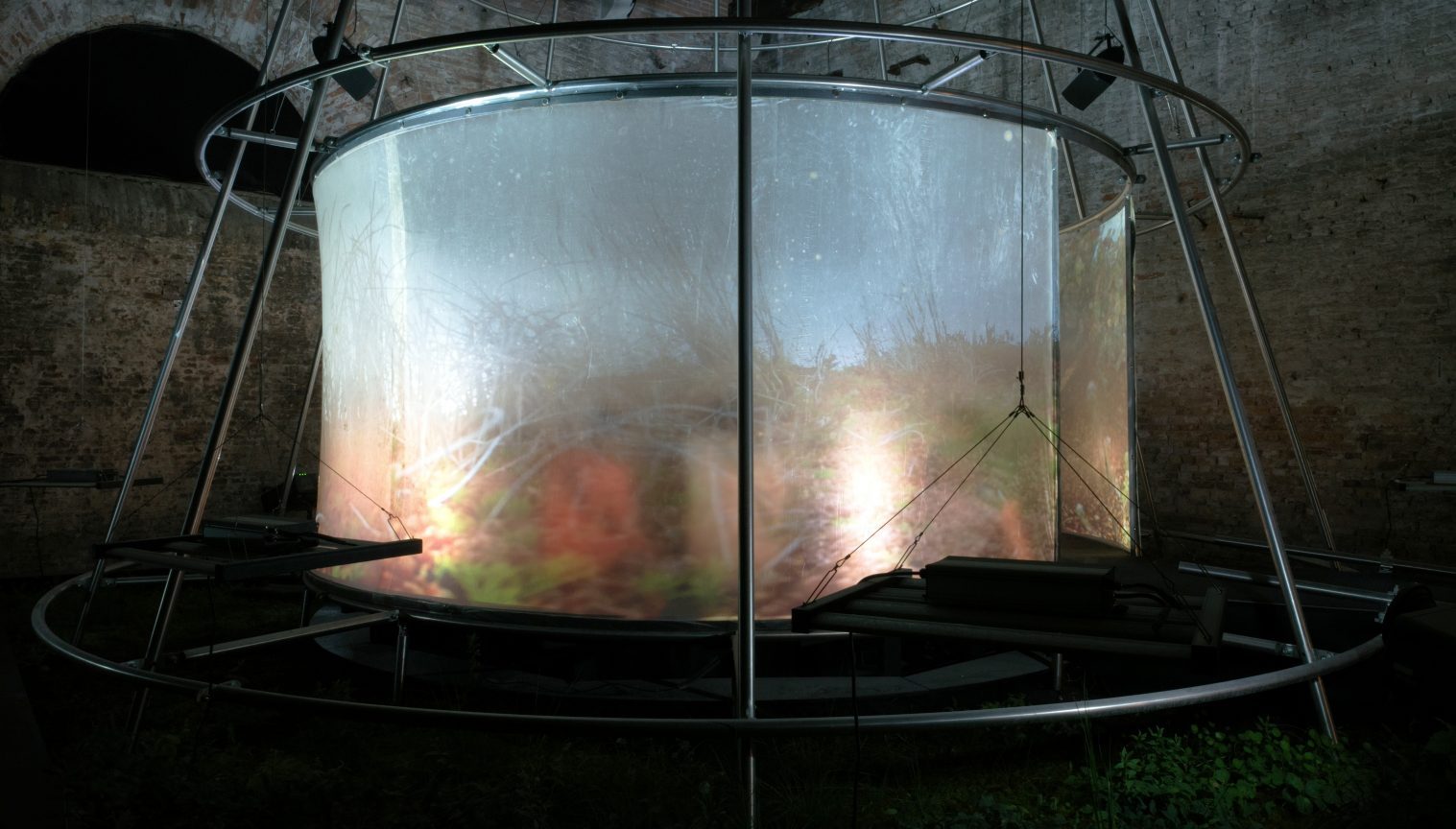
Alfredo Thiermann / Michelle Gravel
Turba Tol Hol-Hol Tol was a collaborative research project on the conservation of the peatlands of Tierra del Fuego. The project combined the knowledge and expertise of environmental conservationists in the region, historians, artists, and members of the Selk’nam, the indigenous people who inhabited that territory for thousands of years. This project represented Chile at the 59th Venice Art Biennale in 2022.
The Selk’nam people – indigenous to Tierra del Fuego and custodian of peatlands – were exterminated twice. Firstly, colonial capitalism literally hunted them with rifles, parcelled and delimited their territory, deteriorating the environment and importing lethal diseases. The triple alliance made up of private capital destined for livestock business, the Chilean state, and the Catholic missions, committed in Tierra del Fuego against the Selk’nam people, one of the most brutal genocides of the twentieth century. This triple alliance is the one that killed them first. Modern social sciences, however, were perhaps even more lethal. Equipped with persuasive narrative techniques and armed with cameras and phonographs, ethnography hunted the Fuegians again – and, apparently, definitively. By recording and portraying the few survivors of the genocide as if they were the last vestiges of a species in an imminent and inevitable process of extinction, photography and phonography killed them de facto while claiming their preservation.
Ignoring the trafficking of Selk’nam women and children to settler families to make up for the shortage of domestic labour, the imported knowledge of European ethnography and anthropology turned the ‘eyes’ of its cameras and the ‘ears’ of its phonograph cylinders towards the last rituals, towards the last “pure specimens” of what it considered an exotic race in looming extinction. In other words, recording devices did not preserve for posterity what was destined to disappear, in fact, they did the opposite: they declared extinct those who remained alive, albeit under the surface of techno-scientific memory. The modern social sciences produced in Tierra del Fuego the process that the anthropologist Joaquín Bascopéhas referred to as the “aesthetics of extinction.” Turba Tol Hol-Hol Tol is a collective work seeking the conservation of the peatlands of Patagonia. Peatlands are a unique ecosystem, a kind of wetland which, in its layers of semi-decomposing organic matter, contains carbon accumulated for thousands of years – more than any other ecosystem in the world. Both in Chilean Patagonia and in most of the world, peatlands are under threat, and their conservation is made difficult due to the lack of regulations to protect them. Among other legislative and aesthetic difficulties, peatlands have no presence in the collective natural imaginary, unlike glaciers, mountains, and forests. How can we demand the protection of something that is and must remain invisible? Equally invisible to techno-scientific memory has remained the Selk’nam people, who never really disappeared. After being declared extinct by the state of Chile, the Selk’nam Corporation has been in litigation since 2020, arguing for official recognition as indigenous people. Through a tenacious process that seeks to revitalize – if not rebirth – their language, the Selk’nam people claim their right to exist as a living ethnicity and culture. Similarly, peatlands claim recognition as a living and fragile ecosystem to ensure their preservation. Culture and nature remain deeply intertwined in Tierra del Fuego and both demand new ways of being perceived.
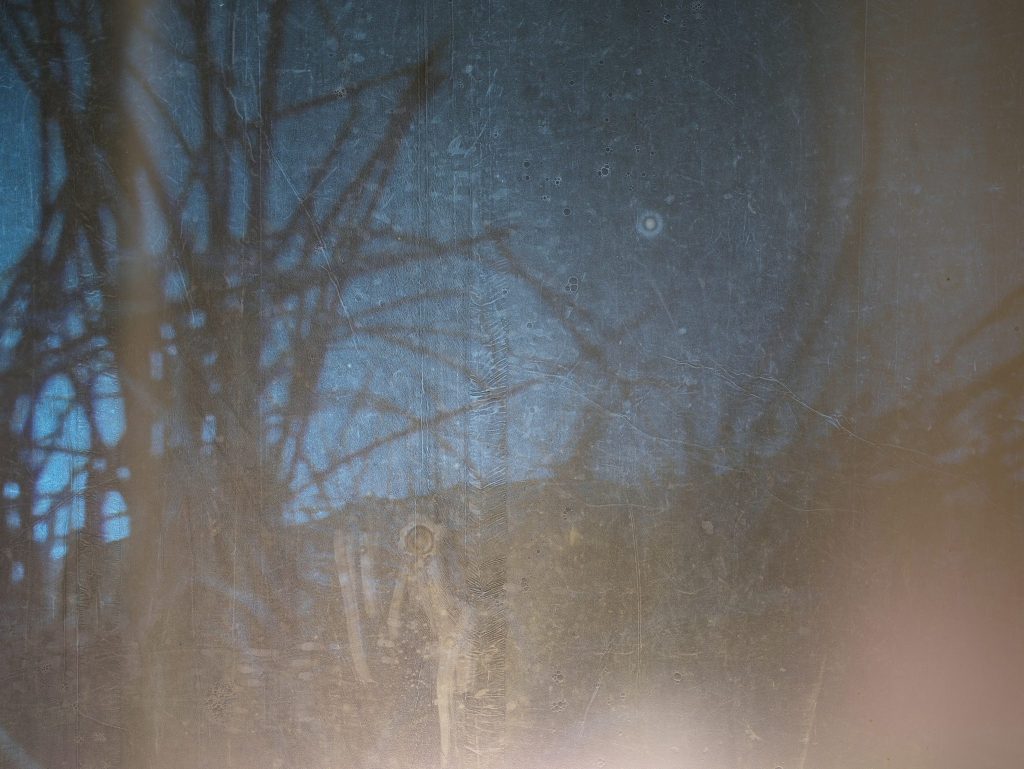
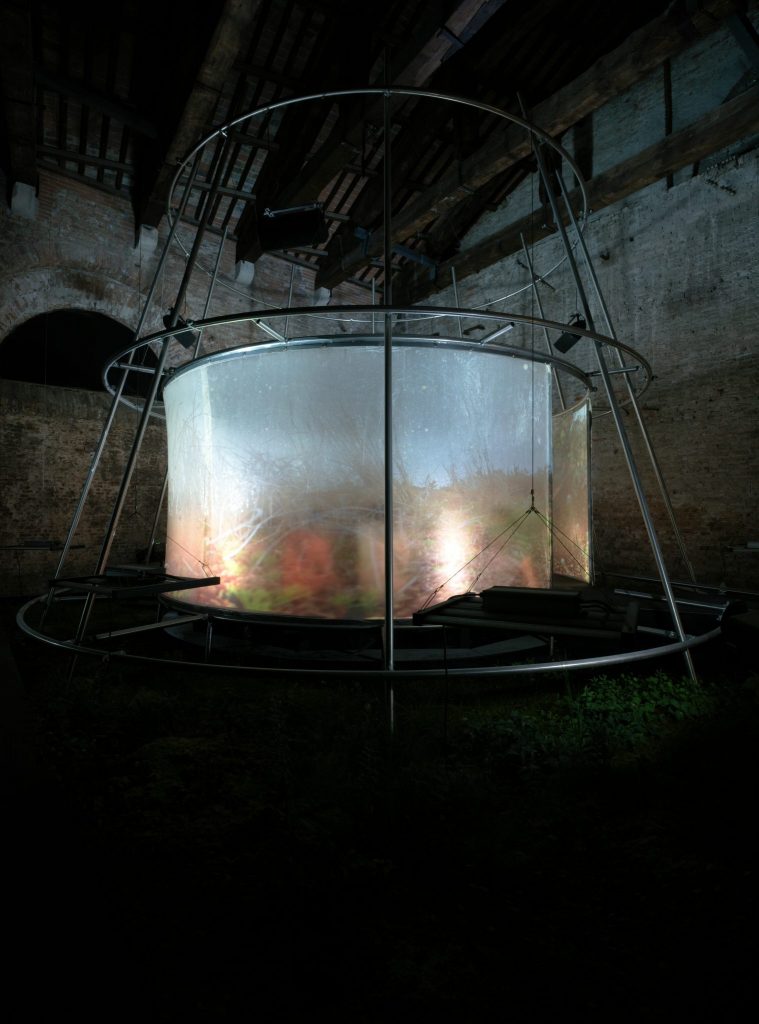
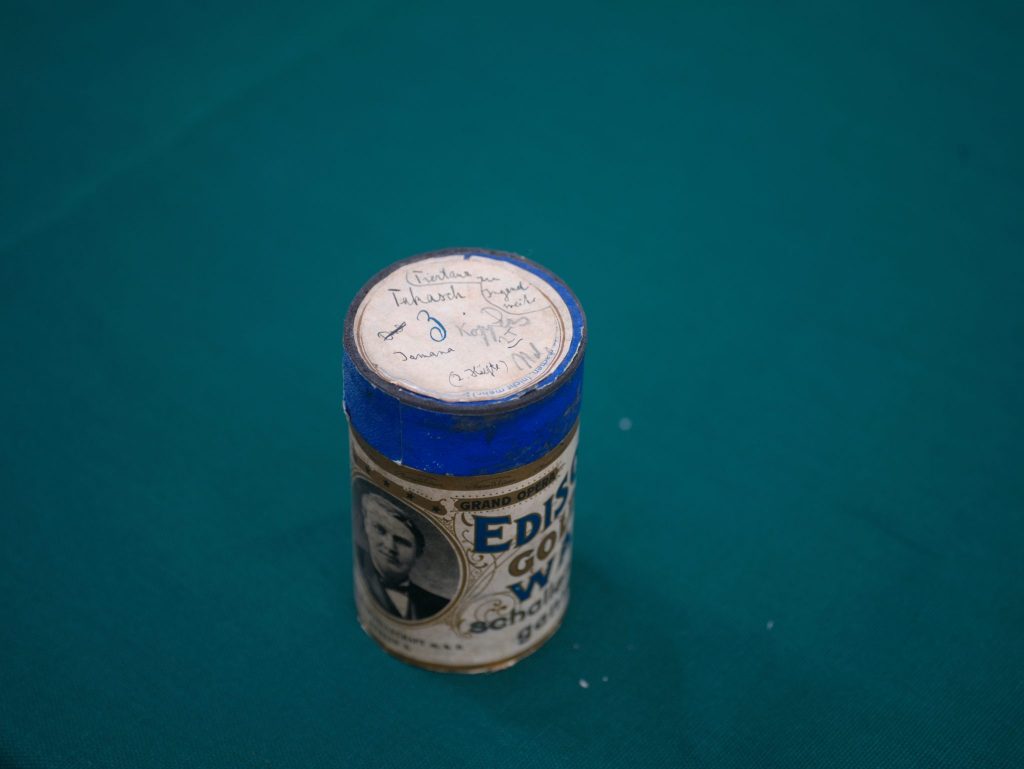
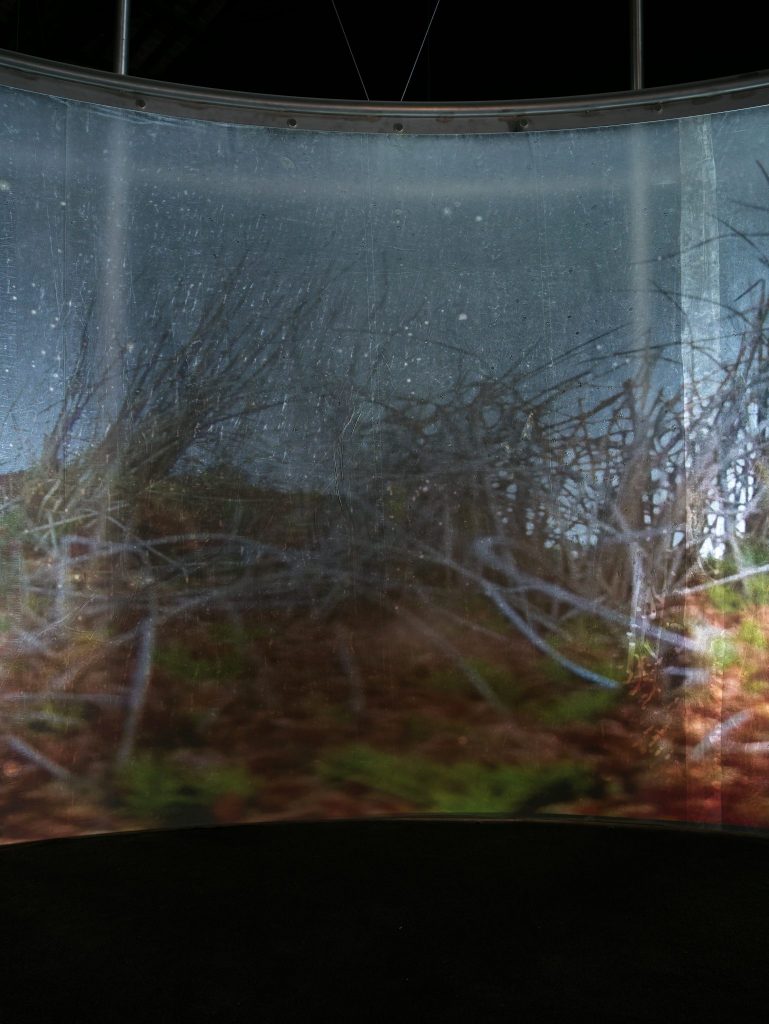
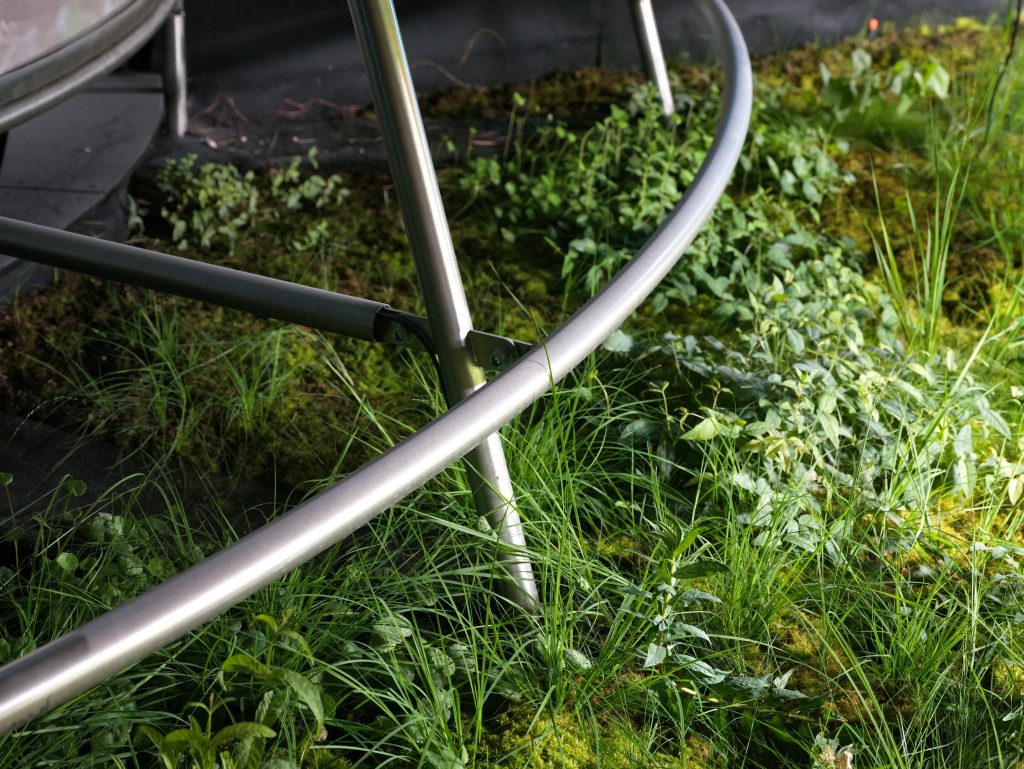
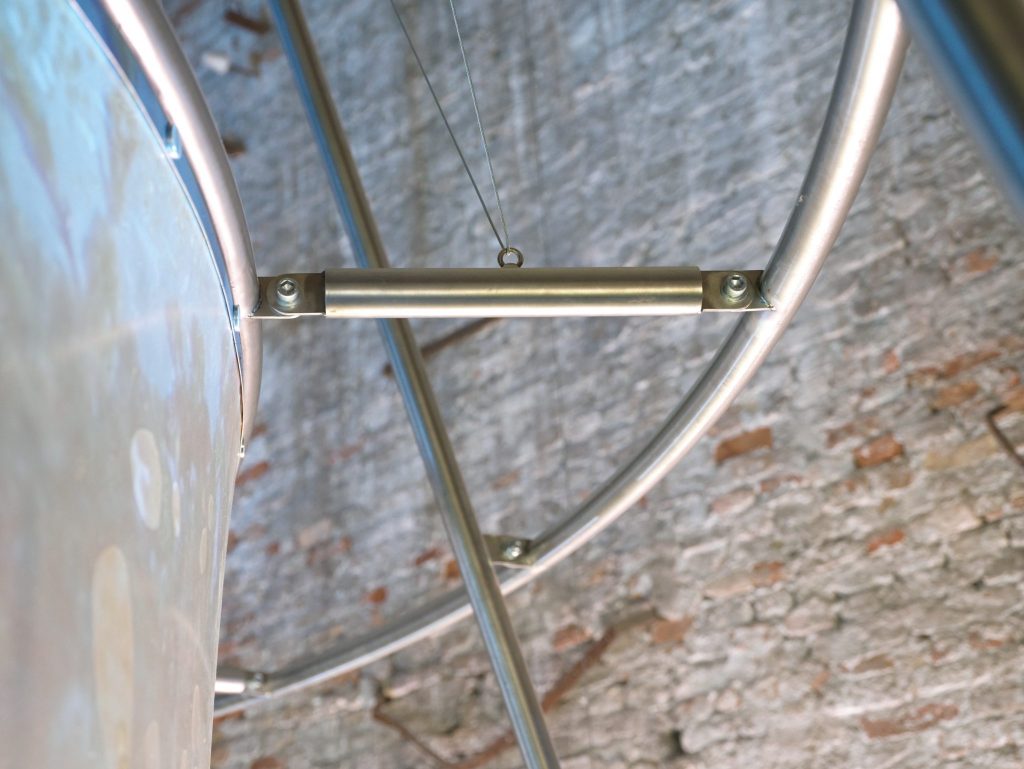
After receiving an invitation from the curator Camila Marambio, Ariel Bustamante (sound artist), Carla Macchiavello (art historian), Dominga Sotomayor (filmmaker), and myself, Alfredo Thiermann, collaborated in this project supported by the scientist Barbara Saavedra and guided by the poet Selk’nam, Hema’ny Molina. Together we set out to work within the ‘aesthetics of conservation’ and reverse in Venice the strong inertia of the ‘aesthetics of extinction.’
Within the practices and aesthetics of conservation, the pavilion was conceived as a translucent cyclorama of five meters in diameter. Perched like an insect on a field of sphagnum, it acts as a resonance membrane for a reborn language and a resisting landscape. The Selk’nam language and the landscape of the peatlands of Patagonia share a past whose future – unwaveringly linked – is amplified through the fragile materialities of this construction. Cycloramas, panoramas, and dioramas have historically been the space devices through which nature and the bodies of its inhabitants have been captured, colonised, and transplanted. Voices, sounds, and images appear in this forum supporting each other, at least resisting and at most reversing that trajectory. The fragile structure is an inverted cyclorama. The scaffolding is simple. A conical structure of fine profiles supports a membrane made of algae and a multi-channel sound system. It rests on the sphagnum field that is irrigated with the rainwater of Venice stored and channelled to the interior of the pavilion. Visitors walk on the sphagnum until they reach the heart of the cyclorama. Images are projected onto the membrane and the sounds from the voices of the resurgent tongue and those from the resilient landscape travel in and out of the boundaries it defines. As the days go by, the moisture from the sphagnum will erode the plant membrane that supports the projection of its own images, uniting one plant material with the other through the water of Venice.
